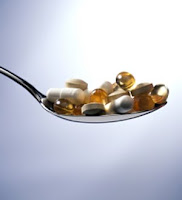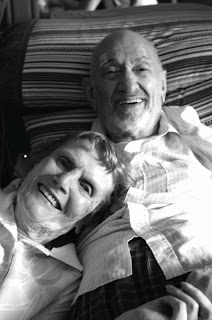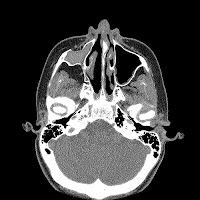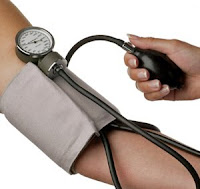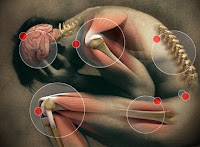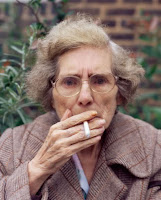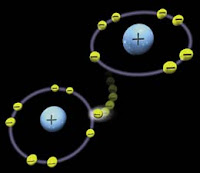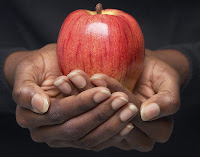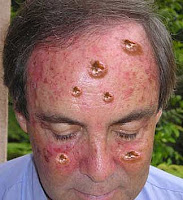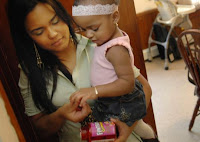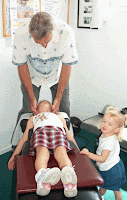 Bad, bad, bad adults. You haven’t been eating your veggies. How can you have any pudding if you don’t eat your beets?A new Centers for Disease Control and Prevention (CDC) report shows that most Americans are still not eating vegetables, and fruit consumption has dipped a bit, too. According to the report taken from a telephone survey of hundreds of thousands of Americans, only one-third of U.S. adults consumed fruit or fruit juice at least twice a day. That’s down slightly from more than 34% in 2000.
Bad, bad, bad adults. You haven’t been eating your veggies. How can you have any pudding if you don’t eat your beets?A new Centers for Disease Control and Prevention (CDC) report shows that most Americans are still not eating vegetables, and fruit consumption has dipped a bit, too. According to the report taken from a telephone survey of hundreds of thousands of Americans, only one-third of U.S. adults consumed fruit or fruit juice at least twice a day. That’s down slightly from more than 34% in 2000.
And vegetable consumption is at 26%, right where it sat in 2000. Doh! Not good, people. And we wonder why cancer rates continue to soar.
Although the survey did not say which fruits and vegetables were being consumed by Americans, a CDC study last year showed that orange juice was top source of fruit for most U.S. adults, while potatoes were the most consumed vegetable. Oh God bless the french fry…
Some other interesting facts:
- California was the fruitiest, having the highest consumption of fruits
- Tennessee had the highest vegetable consumption
- Oklahoma ate the least fruit
- South Dakota was last in eating vegetable
I know lots of clients in my Los Angeles, Beverly Hills and West Hollywood chiropractic clinic are taking various supplements that have high-concentrations of ground fruits and vegetables in them, particularly berries and other fruits high in antioxidants. Uh, sorry folks…vitamins don’t replace food. And I know others that swear by exotic fruit drinks. That’s fine, but for the price of one bottle you can probably stock up on fresh produce for the week.
Look, it ain’t rocket science. You’ve got to eat fresh fruits and vegetables to maintain good health and prevent degenerative diseases like heart disease and cancer. When I say this to people they always shake their heads in complete agreement because, well, everybody knows that. But these numbers show that many of the head shakers aren’t walkin’ their shake. OK, you know…so how ’bout steppin’ it up? It’s for your health.

